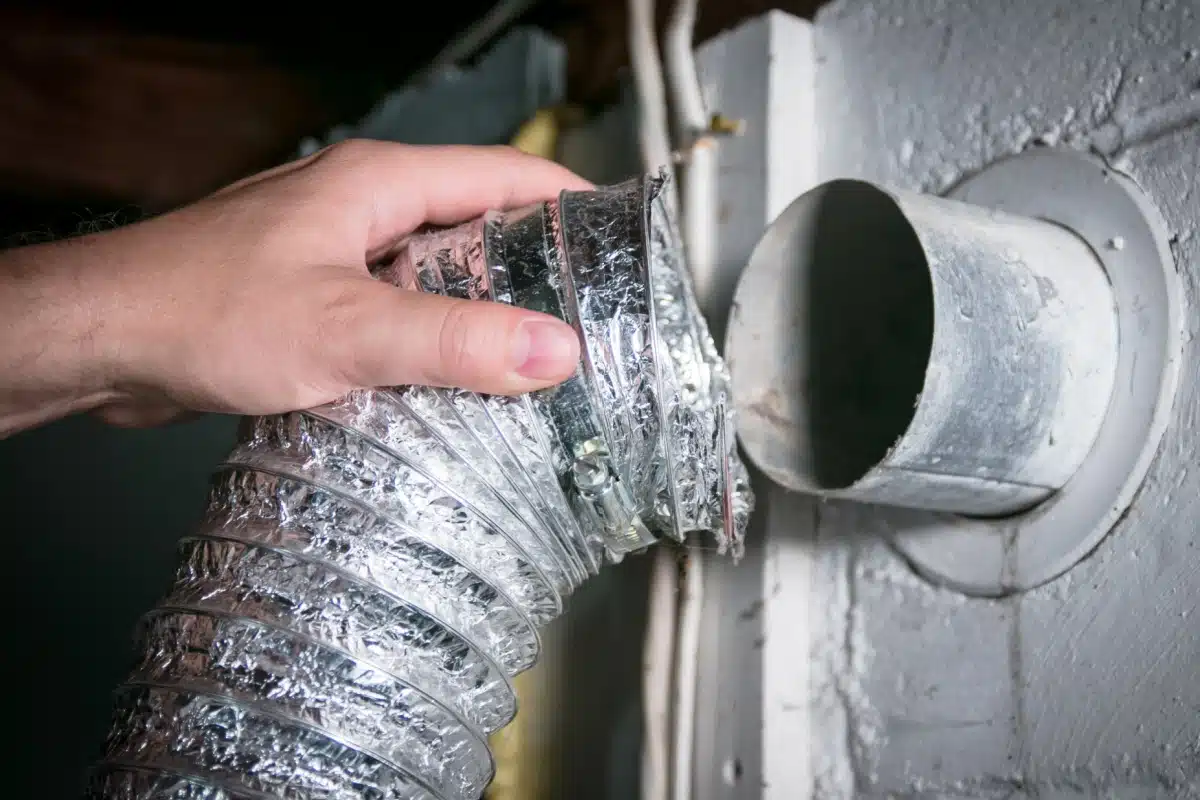Ensuring the air quality in your home is crucial for your health and well-being. Poor indoor air quality can affect everyone, especially those with allergies or respiratory issues. This guide will walk you through the steps on how to test air quality in your home and ensure a safe living environment.

Why is Air Quality Important?
The quality of the air you breathe indoors can significantly impact your health. Poor air quality is often linked to allergies, asthma, and other respiratory issues. Knowing Do Dirty Air Ducts Cause Allergies? is a good starting point to understand how your homes environment affects you.
Common Pollutants Found Indoors
The air inside your home can contain various pollutants including dust, pollen, mold, and pet dander. Volatile organic compounds (VOCs) from household products may also contribute to poor air quality, making it imperative to regularly test and assess the air inside your home.
Steps to Test Air Quality at Home
Get a Home Air Quality Test Kit
Invest in a reliable home air quality test kit. These kits are designed to detect a variety of pollutants and provide a comprehensive assessment of your indoor air quality.
Using Professional HVAC Services
Consider professional services to evaluate and improve your air quality. Companies often use advanced equipment to test for pollutants. For further details on the benefits, see Benefits of HVAC Cleaning.
Identify Sources of Pollution
Identify everyday household items that emit VOCs and contribute to air pollution. Products such as cleaning agents, paints, and air fresheners should be stored correctly and used sparingly.
Check and Maintain HVAC Systems
HVAC systems play a critical role in maintaining your homes air quality. Regular check-ups can prevent dirty air ducts that might compromise quality. Learn more about HVAC system’s effects.
Interpreting Test Results
After testing, you’ll receive a report detailing the contaminants present in your home. Use this information to make informed decisions about air purifiers, dehumidifiers, or other remedial steps you can take to improve air quality.
Improving Air Quality
Implementing proper ventilation, maintaining cleanliness, and using air purifiers are effective methods to improve indoor air quality. Consider periodic air duct cleaning. For more insights, check out the effects of duct cleaning on asthma.
DIY vs. Professional Testing
While DIY kits offer convenience, a professional evaluation ensures thoroughness and accuracy. It is advisable to consider professionals, especially for persistent issues or large homes.

FAQ Section
1. What are signs of poor air quality indoors?
Signs include persistent odors, dust accumulation, allergic reactions, and respiratory issues.
2. How often should air quality be tested?
It’s beneficial to conduct tests yearly or when you notice changes in health or environment.
3. Can air purifiers improve home air quality?
Yes, they can significantly reduce pollutants and improve the overall air quality.
Understanding how to test air quality in your home is vital for maintaining a healthy and comfortable living space. By investing time in regular checks and engaging with professionals as needed, you ensure a safer, healthier environment for yourself and your loved ones.
This article contains affiliate links. We may earn a commission at no extra cost to you.






